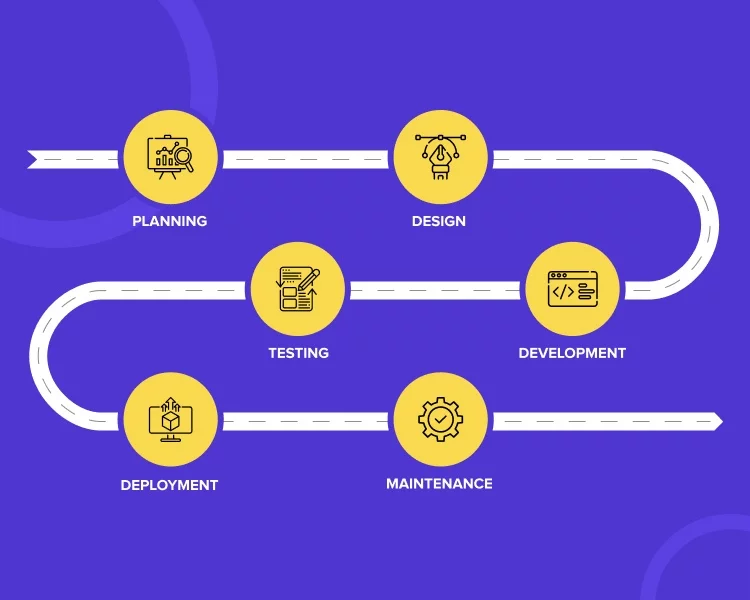When planning a digital transformation, it makes good business sense to consider adopting the most cost effective and flexible cloud technology. After all, digital transformation efforts must be lean and mean so that IT budgets are not tied up in redundant and unnecessary investments.
A multi-cloud system offers a number of benefits over a singular cloud service. Instead of choosing a solitary provider, an organization can consider multiple vendors to offer a variety of cloud services under a single digital umbrella.
This can cut down on costs and time-consuming bureaucratic processes. Moreover, a multi-cloud strategy can help to address the increasing demand for regulatory and compliance-safe cloud services.
For example, a global manufacturing company might create a private cloud environment for internal applications, a read-only cloud for its web portals, and a third-party provider for its public cloud computing. These various cloud services might target a variety of industries and marketplaces.
However, not all multi-cloud solutions are created equal. To help you weigh the pros and cons of a multi-cloud strategy, we’ve outlined the key factors you need to consider.
What Is A Multi-Cloud System?
A multi-cloud system is a collection of clouds managed by a single organization that includes multiple vendors’ storage, networking, and computing resources. The multiple clouds in a multi-cloud system are managed as a single unit.
The idea behind a multi-cloud system is to have one team responsible for the entire strategy. This team will have the authority to decide which vendors’ services to use, when, and for how long. Multi-cloud systems come in a variety of forms. A single-cloud system is a collection of clouds managed by a single vendor.
A global manufacturing company might use a private cloud, an on-premises cloud, and a third-party provider to host its public cloud. A public cloud can be used by any business that uses the cloud service provider’s software. There is also a hybrid cloud strategy that mixes elements of both private and public clouds.
Advantages Of A Multi-Cloud System
Multi-cloud systems have a number of benefits over a single cloud service provider. This is because a multi-cloud system offers a broader range of services and has the potential to address more needs and demands across the entire business.
Cost Savings
An obvious advantage is cost savings. As a multi-cloud system grows, the overhead costs of managing multiple providers diminish. This saves money in the long run because it means there is less need to upgrade existing systems and buy new hardware and software.
Extends The Strategic Use Of Existing Assets
The multi-cloud strategy also extends the strategic use of existing assets. This can include using the same software, data, and even middle-managers between multiple vendors. This improves productivity and efficiency across the whole business by eliminating duplicative efforts.
Rise Regulatory And Compliance-safe Cloud Service
A multi-cloud strategy can help to address rising regulatory and compliance-safe cloud service demands. For instance, a global manufacturer might employ a private cloud that only stores data and content related to internal operations.
This allows the company to meet its data-driven culture while remaining fully compliant with regulations that require information to be stored in a secure and controlled manner.
Disadvantages Of A Multi-Cloud System
A multi-cloud system has its advantages but also has some significant disadvantages. These include higher costs, a single point of failure, and a limited ability to meet service requirements. Let’s take a look at each of these points in turn.
Higher Costs
When using a single cloud service, each vendor has to be considered a single source of truth. This means that if one vendor goes out of business, the entire system is at risk. The multi-cloud strategy, however, mixes both private and public clouds.
As such, each cloud vendor has to be considered a separate source of truth. In turn, this means that the total cost of ownership will be higher as each cloud has to be considered against the same budget.
Single Point Of Failure
One of the inherent advantages of a multi-cloud system is that there is a single point of failure for all the resources. This makes the system highly reliable. However, this alone does not solve the broader issue of cyber security.
When there is a security issue in one part of the system, all of the resources must shut down and failover to a safe and secure location. This is a very high-risk procedure that can result in costly downtime and even loss of production.
Limited Ability To Meet Service Requirements
A multi-cloud strategy has pros that include fewer vendors, greater ease of use, and a single point of failure. However, the strategy does come with cost flexibility. The flexibility of a single cloud service means that an organization can change service requirements at any time without notice.
For instance, an insurance company might decide that its data storage requirements have changed and switch from a private cloud to a public cloud. On the other hand, a multi-cloud strategy requires an organization to have a plan in place for all the possible scenarios that might occur.
This means that the entire strategy has to be considered against the same criteria as the service requirement definition – risk, functionality, and planned use. As a result, the overall flexibility of the strategy is relatively low.
Multi-cloud systems offer a variety of benefits over a single cloud provider. These include cost savings, increased reliability, better use of existing assets, improved productivity, and a single point of failure.
However, some significant disadvantages to consider when planning a digital transformation. These include higher costs, a single point of failure, and a limited ability to meet service requirements.
















